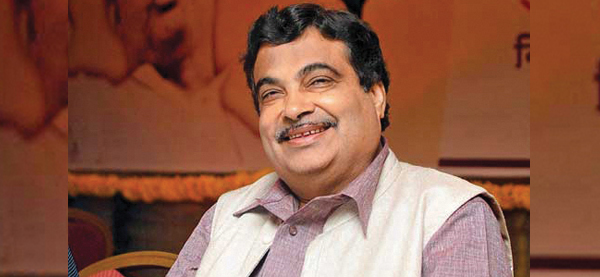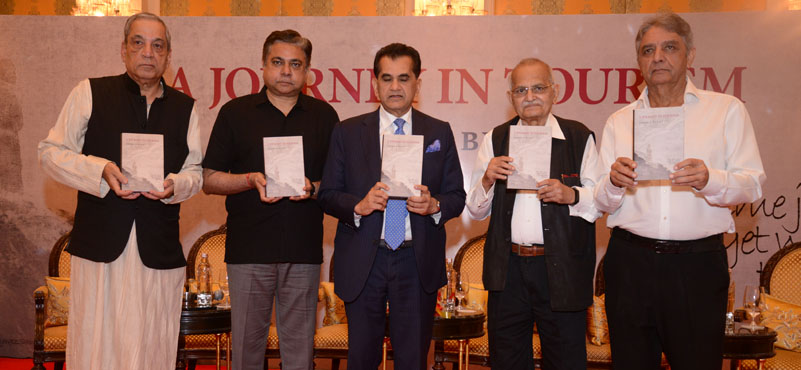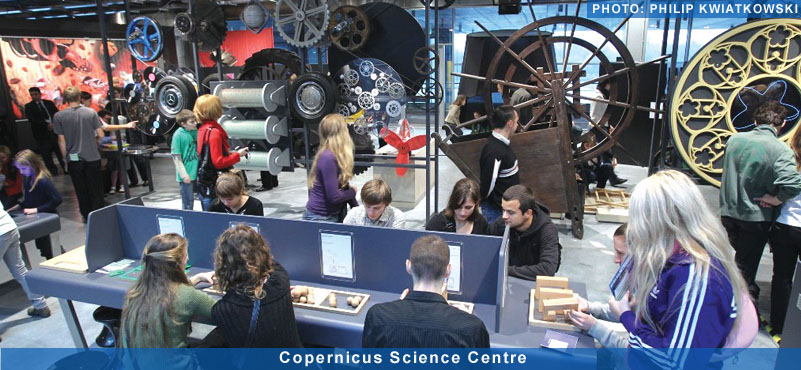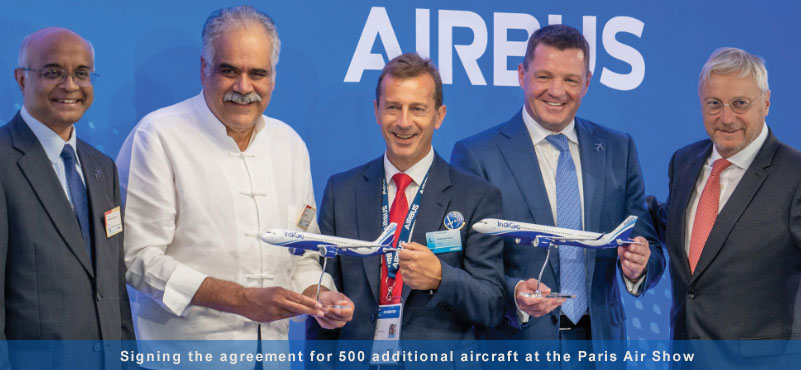Following the recent announcement of plans to bring in major amendments to the existing CRZ regulations, the government has now announced its intention of setting up a progressive Cruise Tourism policy to facilitate the growth of a key segment which, despite India’s envious coastline, has largely remained untapped. According to media reports, work has already commenced on finalising the policy which could be released in a month’s time.

MINISTER FOR ROAD TRANSPORT,
SHIPPING & HIGHWAYS
According to recent media reports, the government is aiming a ten-fold increase in cruise liner traffic to Indian ports, from the existing numbers. Speaking to reporters, Nitin Gadkari, Union Minister for Road Transport and Highways and Shipping, recently announced that the government was going to soon come out with a new cruise tourism policy, in order to achieve the intended target. As per the new policy, port charges which are applied to cruise liners on the basis of their weight is reported to be done away with, and they will now be charged on the number of passengers. “How can you charge cruise ships on the basis of the weight of tourists? We are going to change it,” Gadkari was quoted as having said.
Ports in Mumbai, Chennai, Goa, Mangalore and Kochi will be developed as cruise terminals and the government has roped in around two hundred private and minor ports, and sought their support to facilitate the initiative by developing passenger terminals for cruise tourism. “Cruise tourism can be India’s economic growth engine as there is a vast untapped potential. The policy will be ready soon as a joint working group comprising shipping and tourism secretaries is working on it,” Gadkari was reported having said to the media.
The policy is expected to boost the cruise tourism industry as it intends to plug-in various shortcomings and loopholes that have stood in the way of the sector reaching its full potential.
As per a report in a leading English daily, the current immigration systems at ports, especially e-visas have been found to be a cause of inconvenience, according to a global consultant enlisted to draw up a road map to increase the cruise tourism potential in the country. The global consultant also highlighted that laid norms were not as per international standards and were unnecessarily time consuming. “There are systems like health officials insisting on vaccination of passengers. Then sometimes there are security concerns. It feels like we create a lot of inconvenience.” Gadkari said, as per reports.
India, despite 7,500 km of coastline, has a negligible share of the world cruise tourism market. Cruise tourism passenger count in India clocked a measly 1,75,000 during 2016-17, which is merely 0.5% of the total number of global cruise tourists. “The idea is to put India on the global cruise map – both for oceans and rivers – which is seen to create about two and a half lakh jobs and boost growth. Domestic cruise passengers are estimated to grow to one and a half million by 2031-32. It is a great means for bringing foreign exchange from overseas and Indian travellers to India. Cruise tourists contribute handsomely to local economies and has the potential to be a driver of growth for the areas touched by it.” Gadkari reportedly added, accentuating the rationale behind the government initiative.




































